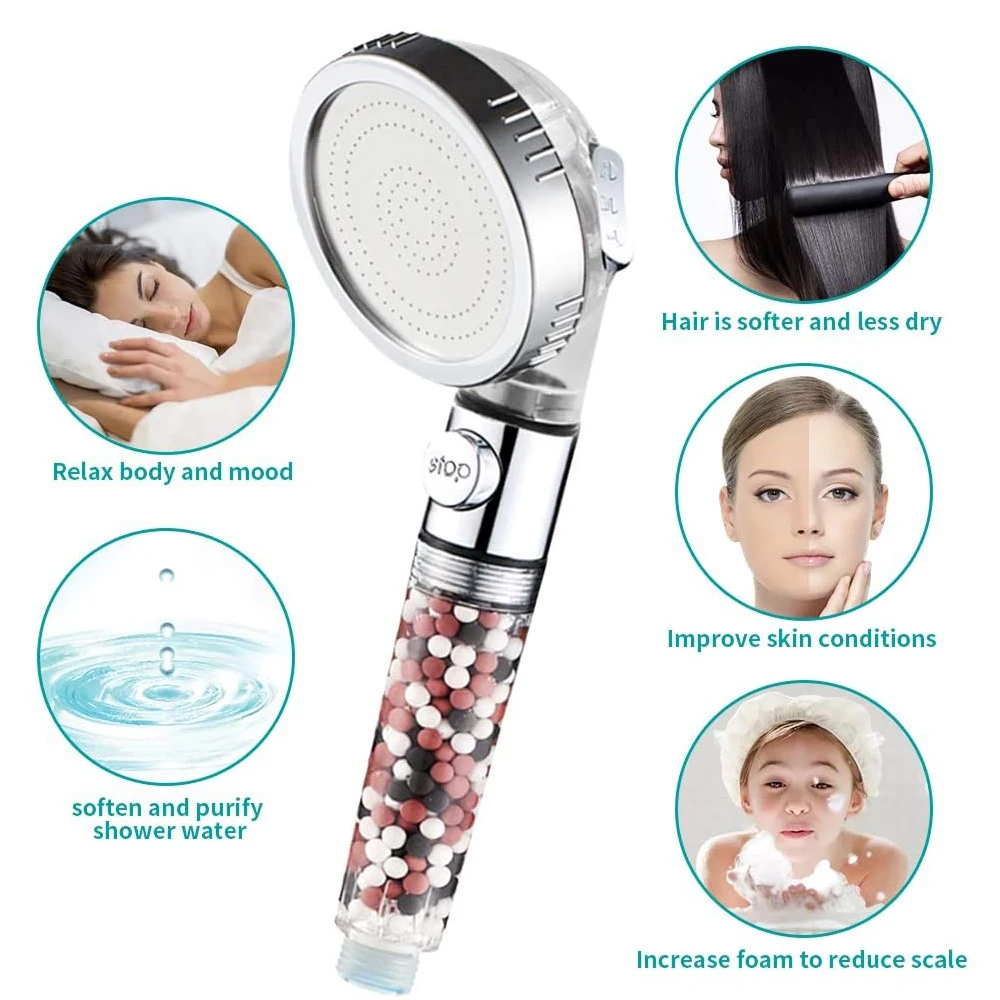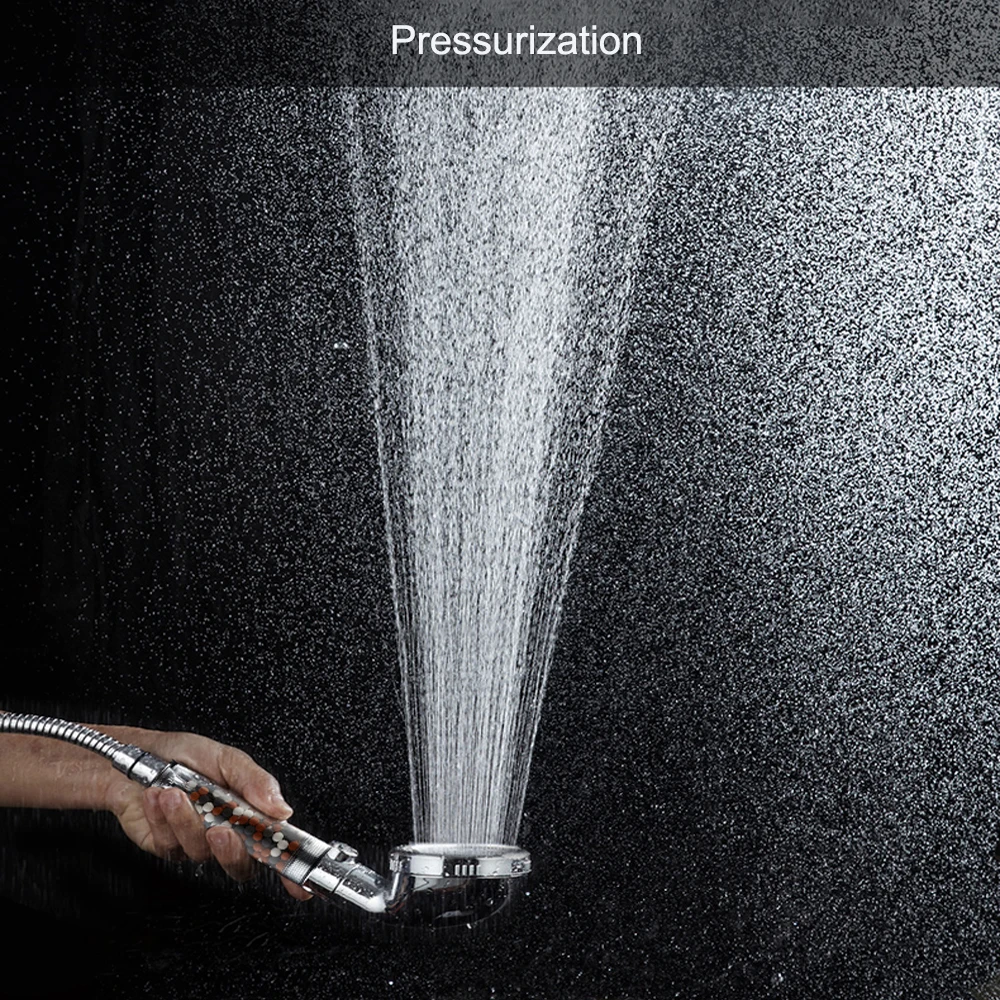Introduction to Shower Head Leakages
How to fix a dripping shower head? A dripping shower head is more than an annoyance. It wastes water, increasing your bill. Over time, a small, steady leak can also cause mold and structural damage. Understanding and fixing leaks quickly can prevent these issues. Repairing a leaking shower head yourself can be simple. With the right tools and steps, you can stop the drip and save Water.

Identifying the Causes of Dripping Shower Heads
A dripping shower head can stem from a few common issues. It’s crucial to spot these to fix the drip effectively. Worn-out seals or washers often cause leaks. Over time, these parts can break down from constant water exposure. Another culprit might be the buildup of minerals inside the shower head. This can lead to water pressure issues and cause leakage. Sometimes, incorrect installation or a faulty shower valve can also result in drips. Make sure that the shower head is tightly screwed on and there’s no damage to the threading. High water pressure can also strain your system. It leads to faster wear and tear on your bathroom fixtures. Always inspect for signs of damage or wear on your shower parts. Replace any damaged or old washers, O-rings, valves, or heads as soon as you spot them. By quickly identifying the cause, you can resolve the issue and prevent future leaks.
Essential Tools for Shower Head Repair
Before tackling a dripping shower head, gather the right tools. Having all necessary items on hand simplifies the repair process. Here’s a list of essential tools:
- Adjustable Wrench: To loosen and tighten connections.
- Pliers: Needed for gripping and turning parts that are hard to loosen by hand.
- Screwdrivers: For opening the shower head or handle, if screws are present.
- Utility Knife: Useful for cutting old sealing tape and other minor repairs.
- Sealing Tape: Often Teflon tape, vital for creating water-tight seals on threads.
- Vinegar: An excellent cleaning agent to remove mineral deposits.
- Bucket or Cloth: To catch any residual water during disassembly.
- Washers and O-Rings: To replace worn out or damaged seals.
- Replacement Parts: Depending on the issue, you might need a new shower head or valve.
These tools are commonly found in a home toolbox. If not, they’re available at most hardware stores. With these at the ready, you’re all set to begin the repair.
Step-by-Step Instructions to Fix a Dripping Shower Head
Fixing a dripping shower head may seem daunting, but it’s a task most people can handle. Here are the steps you need to follow to repair your shower head with ease.
Step 1: Turn Off the Water Supply
Ensure the water supply to your shower is off before starting. This prevents any potential water mess during the repair process.
Step 2: Disassemble the Shower Head
Carefully unscrew the shower head from the arm. Place parts on a towel to avoid losing them.
Step 3: Clean the Shower Head and Parts
Soak the shower head in vinegar to remove mineral buildup. Scrub with a brush if needed.
Step 4: Replace Damaged Parts
Examine the washers and O-rings. Replace any that are worn out or damaged.
Step 5: Reassemble and Test
After cleaning and replacing necessary parts, reassemble the shower head. Turn the water supply back on and check for leaks.
By following these straightforward steps, you’ll be able to fix a dripping shower head and stop unnecessary water waste. Regularly clean and check your shower head to prevent future issues.

Preventative Measures to Avoid Future Shower Head Drips
To avoid future shower head drips, perform regular checks and maintenance. Clean the shower head often to prevent mineral buildup that can cause leaks. Replace washers and O-rings periodically to maintain a tight seal. Tighten connections carefully to avoid damage. Installing a water filter may help if you have hard water. Watch for high water pressure, which causes fast wear and tear. If you can’t fix the leak, call a professional. Keep your bathroom fixtures in good condition and they will last longer. Preventing drips saves water and money over time. Always cut the water supply before starting any repairs. By following these steps, you can keep your shower drip-free.
When to Call a Professional for Shower Head Repairs
While many shower head issues can be DIY fixes, sometimes you may need a professional plumber. Recognizing when to call one is key to avoiding bigger problems and extra costs. If you’ve tried all the above steps and the shower head still drips, it’s time for expert help.
Signs you need a plumber include leaks behind walls, complex shower systems, and persistent drips. Water damage signs, like peeling paint or floor damage, also signal a need for a pro. Don’t ignore these signs. Delays can lead to serious home damage.
Moreover, if you’re uncomfortable with any repair steps, call a professional. They have the tools and expertise to fix issues quickly and safely. This ensures your shower head and other fixtures are repaired correctly, preventing further damage or leaks.
Lastly, if you have an older shower system, repairs might be more complex. A plumber can identify issues that aren’t obvious, such as deep-set pipe corrosion or outdated parts. They can handle repairs that go beyond surface fixes. This expertise can save you from future headaches.
Remember, it’s better to be safe and let a professional handle complicated or persistent problems. They can ensure your shower repair is done properly and efficiently.
Reattaching the Shower Head
Tightening the Connection
With the new parts in place, it’s time to reattach the shower head. Carefully screw it back onto the shower arm. Use your hands to tighten it initially. Once it’s hand-tight, use your adjustable wrench to secure it further. Be cautious not to overtighten, as this can strip the threads or crack the shower head.
If you used plumber’s tape on the threads of the shower arm, do this now. Wrap it around the threads in a clockwise direction. This tape creates a better seal and helps prevent leaks.
Testing for Leaks
After reattaching the shower head, turn the water supply back on. Gradually open the valve to allow water to flow slowly. Watch for any signs of leaking at the connection point. If you see any drips, you may need to tighten the connection slightly.
If no leaks appear, turn the shower on to test its functionality. Let it run for a few minutes to ensure everything works well. Listen for any unusual sounds or additional drips. Your goal is to confirm that the shower head is functioning as it should.
Cleaning Your Shower Head
Preventing Future Issues
Regular maintenance can help prevent future drips and leaks. After fixing your shower head, take a moment to clean it. Use a mixture of equal parts vinegar and water to soak the shower head. This solution helps dissolve any mineral build-up you may have missed during the repair.
Let the shower head soak for about 30 minutes. After soaking, scrub it with an old toothbrush or soft cloth to remove any remaining deposits. Rinse thoroughly with water to ensure all vinegar is washed away.
Establishing a Maintenance Routine
Consider establishing a regular cleaning routine for your shower head. Cleaning it every few months can help prevent issues down the line. Keep an eye on any changes in water pressure or dripping. Address any minor problems before they escalate into larger issues.
Consider Upgrading Your Shower Head
If you find your shower head continually has issues, it may be time to consider upgrading. Modern shower heads often come with built-in anti-clog features and better water flow options. Investing in a quality shower head can save you headaches and repairs in the long run.

Conclusion: Ensuring a Drip-Free Shower Experience
Ensuring your shower remains drip-free is both eco-friendly and cost-effective. Regular maintenance and quick repairs can prevent wasted water and protect your bathroom from damage. By following the step-by-step guide on how to fix a dripping shower head, you can tackle most leaks with ease. Remember, keep an eye out for the common causes of leaks, such as worn washers or mineral build-up. Use the right tools for the job, which you can find at your local hardware store. And if a problem feels too big, don’t hesitate to call a professional plumber.
Taking a DIY approach to minor leaks can save you money and provide a sense of accomplishment. But knowing when to hire an expert can save you time and prevent future issues. Maintain your bathroom fixtures regularly and they’ll serve you well. Clean them often, check for high water pressure, and replace seals as needed. Doing so will help ensure a long-lasting, leak-free shower experience.
In summary, a few key steps can mean the difference between a leaky annoyance and a perfectly functioning shower. With the right approach, you can keep your shower running smoothly. This concludes our guide on repairing dripping shower heads and preventing future leaks. Happy showering, and remember to turn off the water supply before you start any repairs!


